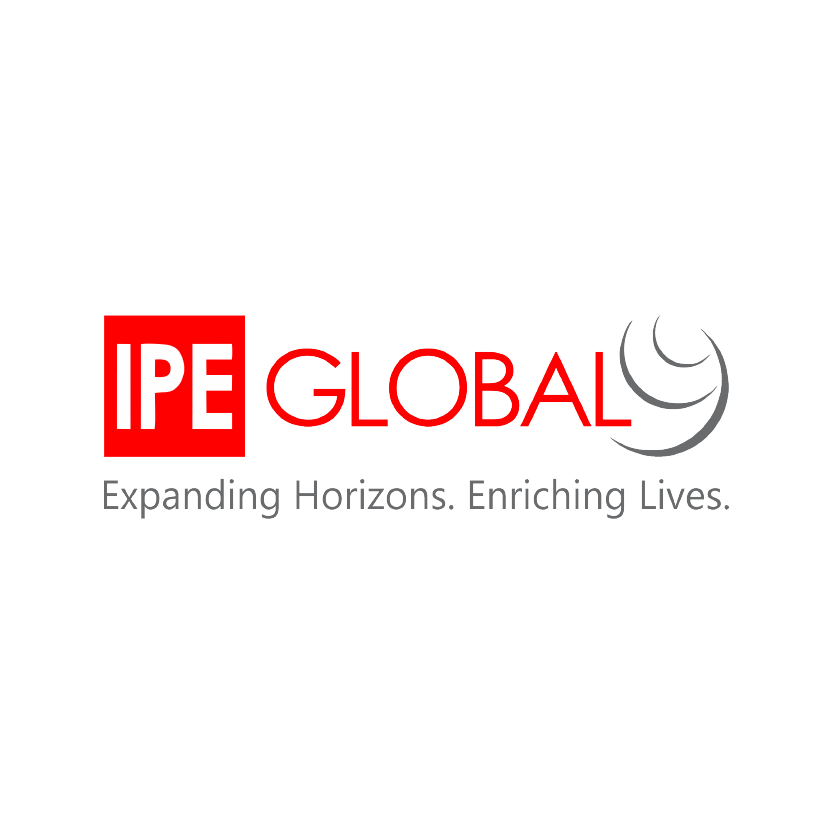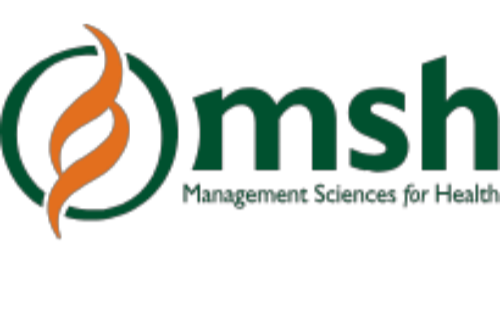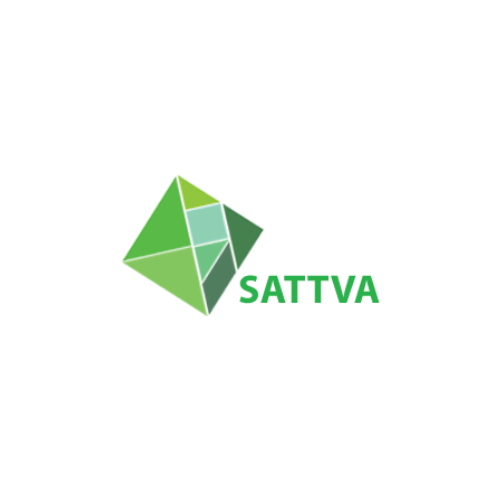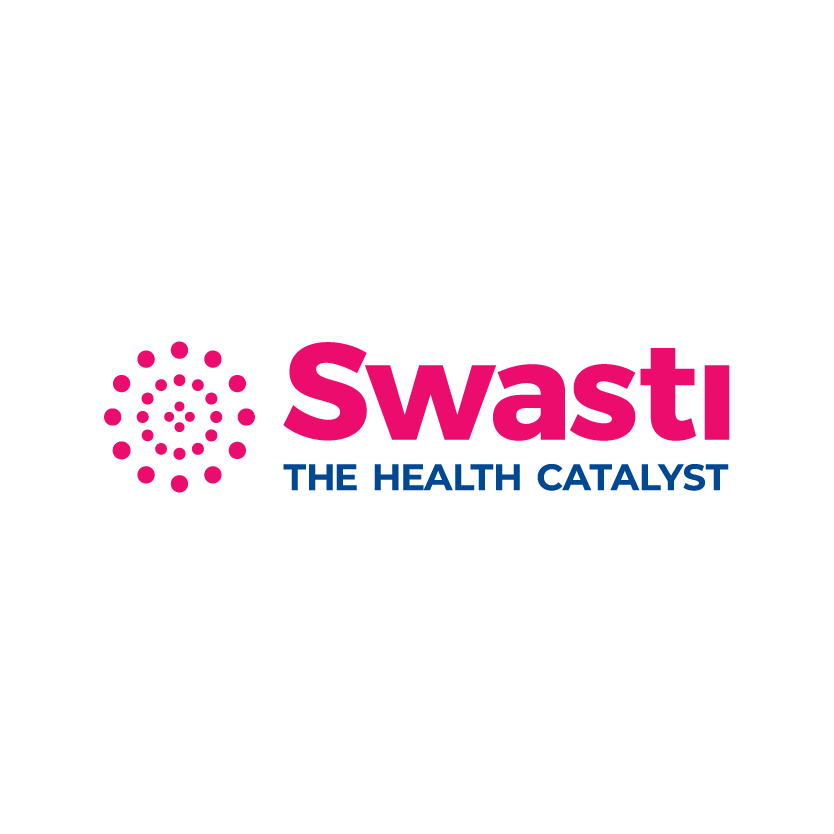
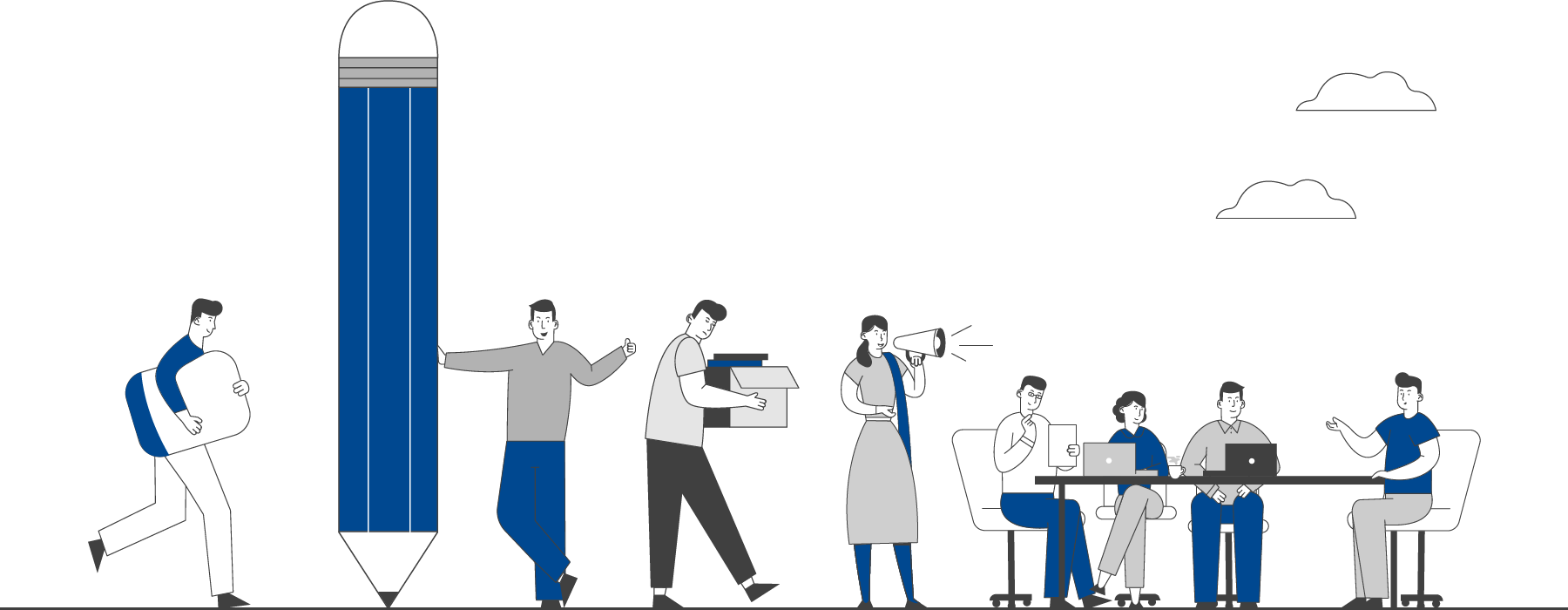
This section presents actionable insights for practitioners from our collaboration of experts.
Analysis
FILTER
BY CATEGORY
View All
A Plate Half Empty
27 Jun 2020by Siddhi Mankad 3 min read
When we talk about nutrition, a plate half empty is just that… half empty! We understand the aphorism about the ‘glass half full’, and the notion is that it’s worthwhile being optimistic because something is better than nothing. But when it comes to nutrition, just being ‘better than nothing’ isn’t good enough for those who are unfed or undernourished. Any shortfall in nutrition, associated as it is with morbidity, mortality and disability, learning and intellectual ability, economic productivity, and reproductive health, severely impacts the health and well-being of individuals and their families, across generations.
For India, the achievement of SDG-2 of zero hunger by 2030 is a big challenge. Nutrition-related indicators are still poor and slow to improve. Anemia prevalence has barely changed for women aged 16–49 years in the 10 years between NFHS-3 and NFHS-4, decreasing from 55 percent in 2005–06 to 53 percent in 2015–16 among this group. NFHS-3 further shows that 38 percent of children under age five years are stunted (too short for their age) and 21 percent are wasted (too thin for their height), which are signs of chronic and acute undernutrition respectively.
A quick review on the internet on “means for improving the nutritional security in India” fetches top articles on access to food, distributive efficiency, optimizing agriculture production, global trade. The fallacy here is that supply creates its own demand.
In reality, a family with an extra Rs. 10,000 is more likely to buy a two-wheeler for the young son of the family, rather than spend it on building a toilet or increasing the intake of milk, fruits or green vegetables in the household diet. With the expansion of media communication into the rural areas and the subsequent penetration of FMCG goods, any surplus income expended on food may go towards buying biscuits, chips and soda. As one mother of a three-year-old boy eating a packet of biscuits told us, “Woh aur kuch nahi khata!” (He does not eat anything else!). In many cultures, pregnant women and lactating mothers don’t receive supplementary food and nutrition, and the take-home rations (THR) of the Integrated Child Development Services (ICDS) scheme are consumed by all family members. Cultural norms are also not aligned with good breastfeeding practices or nutrition of young girls attaining menarche, and despite years of awareness generation on these issues, positive change has been slow.
Take a minute and think… What needs to change? How do we fill the plate? How do we ensure that any gains made by the economy and improvements in food production trickle down to the family and translate into their choice for a well-balanced and diverse diet? How do we translate awareness into action?
We invite your responses, experiences and perspectives during this National Nutrition Week.
Categories
Nutrition

 EXPLORE DATA
EXPLORE DATA 




